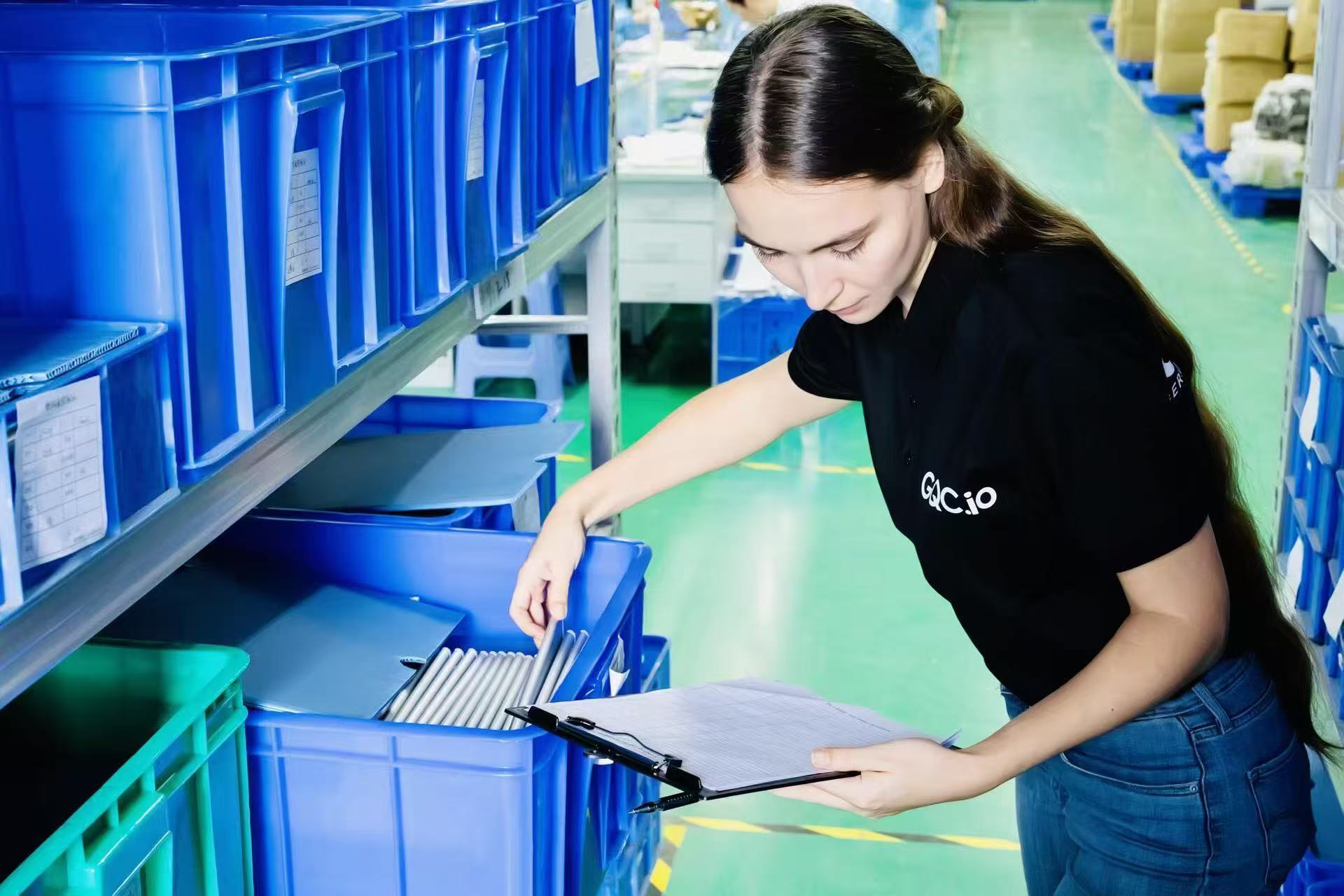The journey from a crafted prototype to the final mass-produced product can sometimes be marked by notable differences. Why is it that the final products may not match the precision of their prototypes? The answer lies in the nuances of mass production, supplier practices, and the importance of clear communication and specifications.
The Handcrafted Precision of Prototypes:
Prototypes are often a labor of love, carefully crafted by engineers who invest time and skill to bring a concept to life. Each detail is scrutinized, and adjustments are made iteratively to achieve perfection. However, the handmade nature of prototypes can lead to a level of precision that may be challenging to replicate on a mass production line.
Supplier Perspectives:
Suppliers may argue that prototypes made by hand are, by nature, not identical to mass-produced items.The transition from manual craftsmanship to automated or semi-automated processes introduces variables that can impact the final output. It's a crucial distinction that buyers need to understand.
The Role of Pre-ProductionSamples:
Suppliers often use pre-production samples to showcase a project's potential to buyers. These samples, carefully crafted and presented, may not necessarily reflect the quality of mass production unless the buyer provides explicit instructions, specifications, and quality standards.
Communication is Key:
The heart of the issue lies in communication. Buyers must clearly convey their expectations, quality standards, and any specific requirements to the suppliers. A detailed specification sheet becomes the roadmap, guiding the manufacturing process and ensuring that the final products align with the desired quality.
Setting Clear QualityStandards:
To bridge the gap between prototypes and mass production, it's imperative for buyers to set clear quality standards. This includes specifying materials, dimensions, tolerances, finishes, and any other critical aspects of the product. A comprehensive quality control plan helps in maintaining consistency across the production line.
Manufacturing Processes:
The evolution from prototype to mass production often involves adjustments to manufacturing methods. Suppliers implement automation and while this can enhance production speed and cost-effectiveness, they may also introduce subtle variations in the appearance or functionality of the final product. Buyers must remain vigilant to ensure that these alterations align with the envisioned quality standards.
Color and FinishChallenges:
One of the common hurdles in transitioning from prototypes to mass production lies in achieving consistent colors and finishes. The color matching achieved in prototypes may encounter challenges when applied on a larger scale. Factors such as variations in raw materials, production environments, and application techniques can contribute to discrepancies. It becomes imperative for buyers to establish precise color standards and conduct regular inspections to ensure that the final products mirror the desired aesthetics outlined in the prototypes.
The Risk of SupplierSubstitution:
Suppliers, driven by factors like material availability or cost considerations, might opt for substitutions in materials or components during mass production. While this may seem like a practical decision for the supplier, it poses a significant risk to the final product's performance and quality. Buyers must emphasize the importance of adhering to the specified materials and components outlined in the prototype. Clear communication and documentation become crucial in mitigating the risk of unintended substitutions that could compromise the integrity of the product. Regular quality checks and inspections help verify that the agreed-upon materials are consistently used throughout the mass production process.
Supplier Accountability and Communication:
If the supplier isn't made aware of important points, they won't know or care about them. How can they be blamed if, for example, the finishing isn't as expected because they were not told? All expectations need to be documented clearly and provided to the supplier in good time.
The Importance of RegularInspections:
Buyers should incorporate regular inspections into the production process. This involves on-site visits, third-party inspections, and thorough checks at various stages of manufacturing. These measures help identify and address any deviations from the agreed-upon specifications, ensuring that the final products meet the desired standards.
Conclusion:
From prototypes to mass production, the key is understanding and proactive communication. Buyers must recognize the inherent differences between handcrafted prototypes and products rolling off the mass production line. By setting clear quality standards, providing explicit instructions, and incorporating regular inspections, buyers can navigate this journey with confidence. Additionally, partnering GQC.io can add an extra layer of assurance, ensuring that the final products meet the envisioned quality outlined in the prototypes. Bridging the gap requires a collaborative effort between buyers and suppliers, grounded in transparency and clear expectations. For more insights and articles on navigating the complexities of China and Vietnam manufacturing visit our website www.gqc.io





